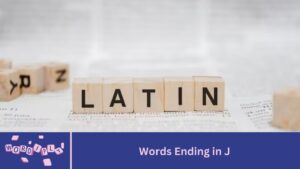Table of Contents
Connections puzzles offer a stimulating way to exercise your brain by linking pieces of information that might initially seem unrelated. These puzzles challenge you to identify patterns, relationships, and logical connections among various elements, enhancing your problem-solving skills. “Master the Network: Insights into Connections Puzzles” aims to provide you with a deeper understanding of these intriguing challenges. Whether you’re new to the world of connections puzzles or looking to refine your strategies, this guide will walk you through essential techniques and insights. We’ll explore the fundamental concepts, share practical tips for solving puzzles effectively, and highlight the cognitive benefits of regular practice. Get ready to dive into the fascinating realm of connections puzzles and uncover the strategies that will help you excel.
Understanding Connections Puzzles
Connections puzzles are designed to test and enhance your ability to recognize patterns and relationships between different elements. Here’s a closer look at what makes these puzzles intriguing and how they work:
Definition and Purpose
- Definition: Connections puzzles require you to link disparate pieces of information based on common characteristics or logical relationships. The goal is to identify and understand how these elements connect to form a coherent solution.
- Purpose: These puzzles challenge your cognitive skills, such as pattern recognition, logical reasoning, and problem-solving. They stimulate your brain and improve your analytical abilities.
Common Types of Connections Puzzles
- Word Associations: These puzzles ask you to find a common theme or link between seemingly unrelated words. For example, connecting “apple,” “banana,” and “orange” might lead to the theme “fruits.”
- Visual Connections: In these puzzles, you must identify relationships between images or visual elements. For instance, linking various icons to reveal a common concept or category.
- Numerical Patterns: These puzzles involve identifying sequences or relationships between numbers. You might need to find a missing number or determine how numbers are related in a series.
Examples and How They Work
- Word Association Puzzle: Given a list of words like “dog,” “cat,” “fish,” and “bird,” the connection might be “pets” or “animals.” You need to recognize the underlying category that ties them together.
- Visual Puzzle: Imagine a set of images including a car, a bicycle, and a bus. The common connection could be “vehicles,” and your task is to identify that common theme.
- Numerical Pattern Puzzle: You might encounter a sequence like 2, 4, 8, 16. The connection here is that each number is doubled from the previous one, illustrating a geometric progression.
By understanding the fundamentals of connections puzzles, you can better appreciate their design and approach them with a strategic mindset. Recognizing patterns and relationships is key to solving these puzzles efficiently and enjoying the challenge they present.
Essential Strategies for Solving Connections Puzzles
Solving connections puzzles requires more than simple logic; it challenges your ability to recognize patterns and form links between seemingly unrelated items. By mastering a few key strategies, you can improve your approach and solve these puzzles faster and with more confidence. Here are some essential strategies:
Look for Common Themes
- Many connections puzzles revolve around categories or themes. Start by identifying any recurring topics or ideas across the items presented. For instance, items might all belong to a category like colors, animals, or famous landmarks. Once you notice these common threads, it becomes easier to group related items together.
Break Down the Puzzle
- Large puzzles or complex connections can seem overwhelming at first glance. To simplify the challenge, break the puzzle into smaller sections. Focus on a few items at a time, and group together what makes sense before tackling the rest. This method not only reduces complexity but also helps reveal subtle connections.
Pay Attention to Relationships
- Some puzzles depend on identifying relationships between items, like opposites or complements. Words, pictures, or numbers could relate through contrast (light/dark, hot/cold), function (tools/usage), or sequence (days of the week). Spotting these connections often provides key insights that lead to the solution.
Use the Process of Elimination
- If you’re unsure of some connections, eliminate options that are obviously unrelated. This narrows down your choices and helps you focus on more likely links. When the puzzle involves several categories, ruling out impossible options will guide you toward the correct grouping.
Visualize the Puzzle
- Creating a visual representation of the puzzle can enhance your understanding of the relationships between items. For example, drawing diagrams or using a mind map to group related items visually clarifies how they fit together. This approach can also help when puzzles require logical progression or spatial awareness.
Think Outside the Box
- Sometimes, connections aren’t immediately obvious, and you’ll need to approach the puzzle creatively. Be open to thinking about the items in unexpected ways, such as through wordplay, puns, or metaphors. Unconventional thinking often leads to those “aha” moments that solve tricky puzzles.
Stay Organized
- Keeping track of your thought process is essential, especially in puzzles with many elements. Write down potential connections, cross out those that don’t work, and make notes as you go. This prevents confusion and allows you to see which strategies are working best.
By combining these strategies—pattern recognition, breaking down complexity, and using logic—you can approach connections puzzles with greater clarity and confidence. Regular practice with these methods will also sharpen your skills over time, making even the most challenging puzzles easier to solve.
Tools and Resources
When tackling connections puzzles, having the right tools and resources can make a big difference in both learning and solving them efficiently. Here’s a breakdown of what you can use:
Puzzle Apps and Websites:
- Popular Puzzle Apps: Many mobile apps are designed specifically for connections puzzles, offering a range of difficulty levels. These apps allow you to practice anytime and refine your skills. Examples include interactive puzzle games or mobile versions of popular puzzle platforms.
- Dedicated Puzzle Websites: Numerous websites provide access to puzzles, tips, and walkthroughs. These are helpful if you prefer solving puzzles online or want access to a variety of puzzle types in one place.
Books and Guides:
- Puzzle-solving Books: There are books dedicated to the art of puzzle-solving that dive into strategies for various puzzle types, including connections puzzles. These books often offer a mix of theory and practice exercises.
- Guides on Logical Thinking: Logical thinking guides or problem-solving books can sharpen your skills and provide additional insights that apply to connections puzzles, enhancing your critical thinking abilities.
Puzzle Solver Tools:
- Word and Pattern Solvers: These tools are designed to assist when you’re stuck by offering hints or possible connections. While it’s great for practice, try to use them sparingly to develop independent solving skills.
- Online Timers: If you’re looking to improve your speed, use online timers or apps that track the time spent on each puzzle to monitor your progress over time.
Community Forums and Discussion Groups:
- Online Communities: Joining forums or puzzle-solving groups can provide support, insights, and tips from other puzzle enthusiasts. These communities often share strategies, resources, and even custom puzzles to solve.
- Social Media Groups: Many platforms, such as Facebook or Reddit, have dedicated groups for connections puzzles. Engaging with these groups allows you to exchange ideas, solve puzzles together, and learn from the experiences of others.
Tips for Improving Your Skills
Mastering connections puzzles requires more than just solving a few puzzles. It’s about sharpening your mind, developing problem-solving techniques, and improving cognitive agility. Here are some effective ways to boost your skills:
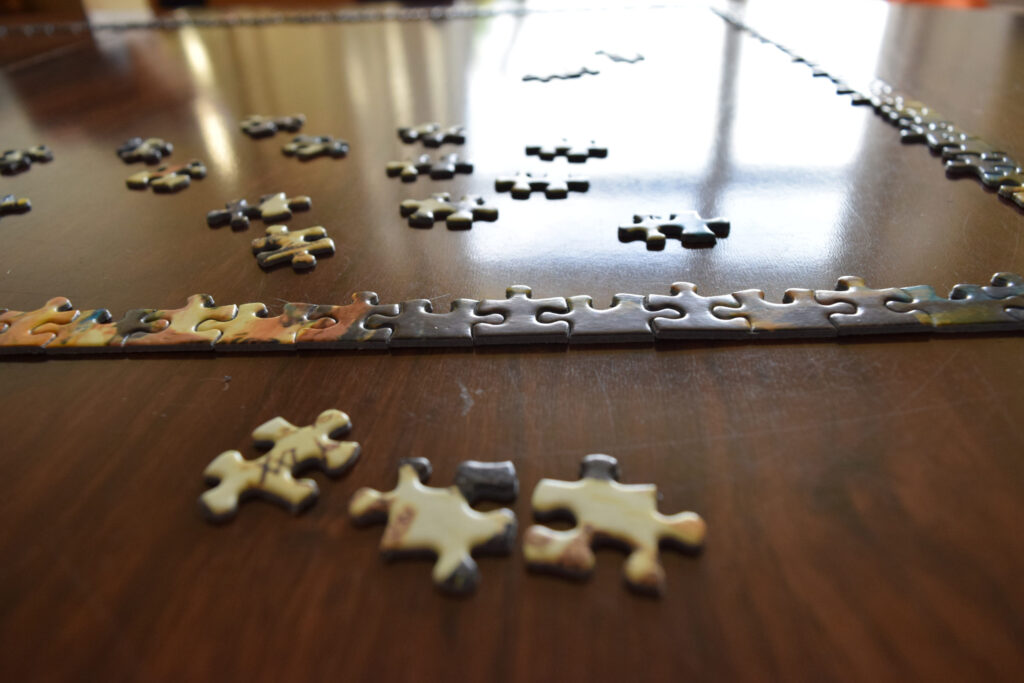
Practice Consistently
The more puzzles you solve, the better you get. Regular practice helps you identify patterns faster and recognize relationships between puzzle pieces. Set aside a little time each day for puzzle-solving. Even 10-15 minutes a day can make a difference in building your skills.
Analyze Your Approach
After solving a puzzle, take time to reflect on your process. Did you struggle with a particular section? Was there a point where things clicked? By reviewing your problem-solving approach, you can refine your techniques and develop strategies for tackling more challenging puzzles in the future.
Break Down Complex Puzzles
If a puzzle feels overwhelming, break it into smaller, manageable pieces. Identify the simpler connections first, then work your way toward the more complex ones. This helps avoid frustration and makes the process feel more approachable, allowing your brain to focus better.
Look for Patterns and Themes
Connections puzzles often rely on themes or patterns. Pay close attention to recurring elements—such as color, shape, or category—within a puzzle. Recognizing these themes early can speed up your solving process and lead to quicker insights.
Learn from Others
Join puzzle communities or follow experienced puzzle solvers online. Watching how others approach puzzles can expose you to new methods and strategies you may not have considered. Many puzzle enthusiasts share tips, tricks, and even walkthroughs of challenging puzzles.
Stay Calm and Patient
Some puzzles take time. Staying calm and patient, even when a solution isn’t immediately apparent, allows your brain to work through the challenge naturally. Don’t rush—puzzles are designed to test your thinking, so enjoy the journey toward finding the solution.
Real-Life Applications and Benefits
Connections puzzles do more than just entertain; they help sharpen valuable skills that you can apply in various aspects of life. Here’s how solving these puzzles can make a difference:
Improved Problem-Solving Skills
- Connections puzzles train your brain to spot patterns and link ideas. This is essential for decision-making and problem-solving in real-world scenarios, whether it’s resolving work challenges, managing projects, or even handling daily tasks.
Boosted Cognitive Function
- Engaging with these puzzles regularly can improve memory, focus, and logical reasoning. You’ll become quicker at processing information, which can translate to enhanced performance in areas like learning new skills or completing tasks more efficiently.
Enhanced Creativity and Lateral Thinking
- These puzzles encourage you to think outside the box, connecting concepts that might not seem related at first glance. This kind of lateral thinking is useful in creative industries, marketing, entrepreneurship, and any role that values innovation.
Stress Relief and Mindfulness
- Solving puzzles can be a form of mindfulness, helping you relax and focus on the task at hand. This reduces stress and anxiety by giving your mind a break from everyday worries, while also keeping you engaged in a productive way.
Collaboration and Teamwork
- Connections puzzles are often used in team-building activities, as they encourage collaboration and communication. Solving these challenges with others fosters teamwork and problem-solving skills, which are crucial in any group setting—whether at work, in social groups, or in family dynamics.
Practical Problem-Solving in Professional Settings
- Professionals in fields like IT, engineering, or business strategy frequently need to identify connections and solve complex problems. The skills you develop from puzzle-solving—like analytical thinking and quick decision-making—can be directly applied to these areas.
By highlighting the real-life benefits, this section connects the puzzle-solving activity to meaningful improvements in both personal and professional life, making the value of connections puzzles clear to the reader.
FAQ’s
1.What are connections puzzles?
Connections puzzles are challenges where players link pieces of information, words, or objects based on logical relationships or patterns.
2.How do connections puzzles work?
Players must identify and create associations between different elements, uncovering the underlying connections to solve the puzzle.
3.What skills do connections puzzles develop?
They enhance problem-solving, pattern recognition, critical thinking, and cognitive flexibility. They also improve memory and attention to detail.
4.Are connections puzzles suitable for all ages?
Yes, they can be tailored to different difficulty levels, making them suitable for children, teens, and adults.
5.How can I get better at solving connections puzzles?
Regular practice, learning to spot patterns, and breaking the puzzle into smaller parts can improve your skills over time.
6.What are some common types of connections puzzles?
Common types include word association puzzles, visual link puzzles, and trivia-based connections puzzles.
7.Are there tools to help solve connections puzzles?
Yes, several apps, websites, and even forums provide hints, tips, and tools to improve your puzzle-solving abilities.
8.How long does it take to solve a connections puzzle?
It depends on the puzzle’s complexity and your experience level. Simple puzzles may take minutes, while more advanced ones can take hours.
9.Can connections puzzles be played in groups?
Yes, many connections puzzles can be solved collaboratively, encouraging teamwork and communication.
10.Are connections puzzles used in education?
Yes, they are often used as educational tools to improve critical thinking and problem-solving in subjects like math, language, and science.
11.Where can I find connections puzzles online?
Many websites and apps offer connections puzzles, including puzzle forums, puzzle apps, and dedicated puzzle sites.
12.Do connections puzzles help with stress relief?
Yes, solving puzzles can provide a mental break, reduce stress, and promote mindfulness.
13.How do connections puzzles benefit my professional life?
They improve logical reasoning, decision-making, and creative problem-solving, which are useful in various professional fields.
14.re connections puzzles similar to word games?
They share similarities, but connections puzzles often require linking ideas or objects beyond just words, whereas word games are primarily language-focused.
15.How often should I practice to see improvement?
Consistent practice, even for short periods, can lead to noticeable improvements in puzzle-solving skills.
16.Can I create my own connections puzzles?
Yes, many puzzle enthusiasts create and share their puzzles with friends or online communities. There are also tools available to help design puzzles.
17.What are the benefits of connections puzzles for brain health?
They help maintain cognitive function, improve memory, and stimulate brain activity, which may help reduce the risk of cognitive decline.
18.Can connections puzzles be played on mobile devices?
Yes, several mobile apps offer connections puzzles that you can play on the go.
19.Do connections puzzles have difficulty levels?
Yes, most puzzles are categorized by difficulty, ranging from beginner to expert levels, allowing players to choose based on their experience.
20.How can connections puzzles help in daily life?
By enhancing your ability to think critically and solve complex problems, you can apply these skills to everyday challenges, like planning, decision-making, and troubleshooting.
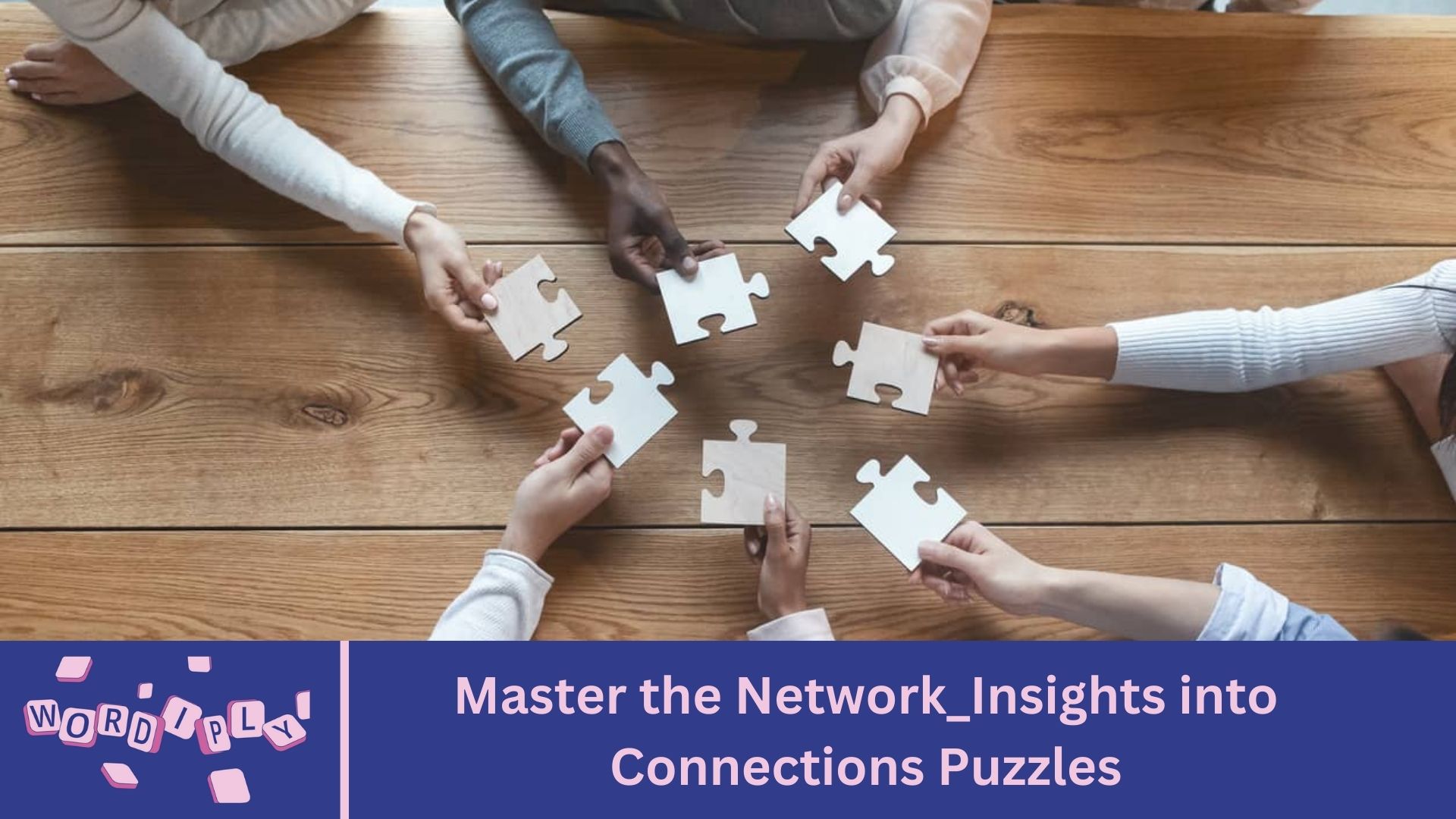
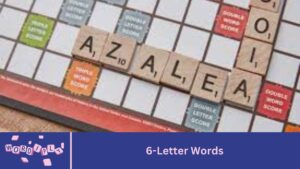
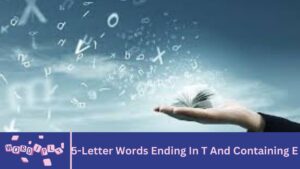
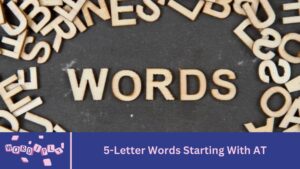
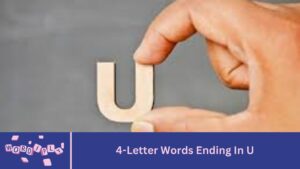

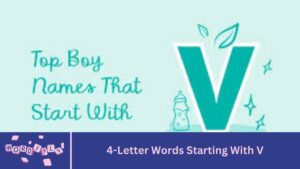
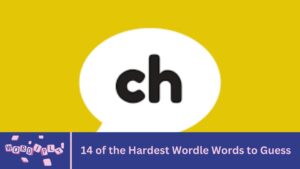
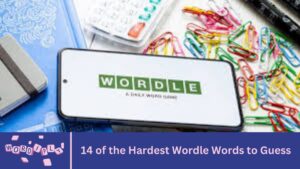
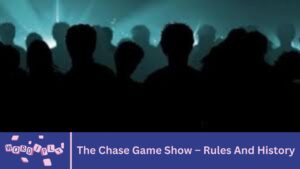
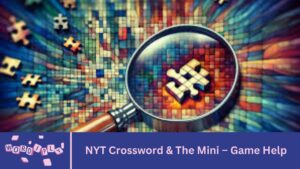
![Science Fiction Book Sales Statistics [2023]](https://wordiplypro.com/wp-content/uploads/2024/09/Add-a-heading-17-300x169.jpg)



